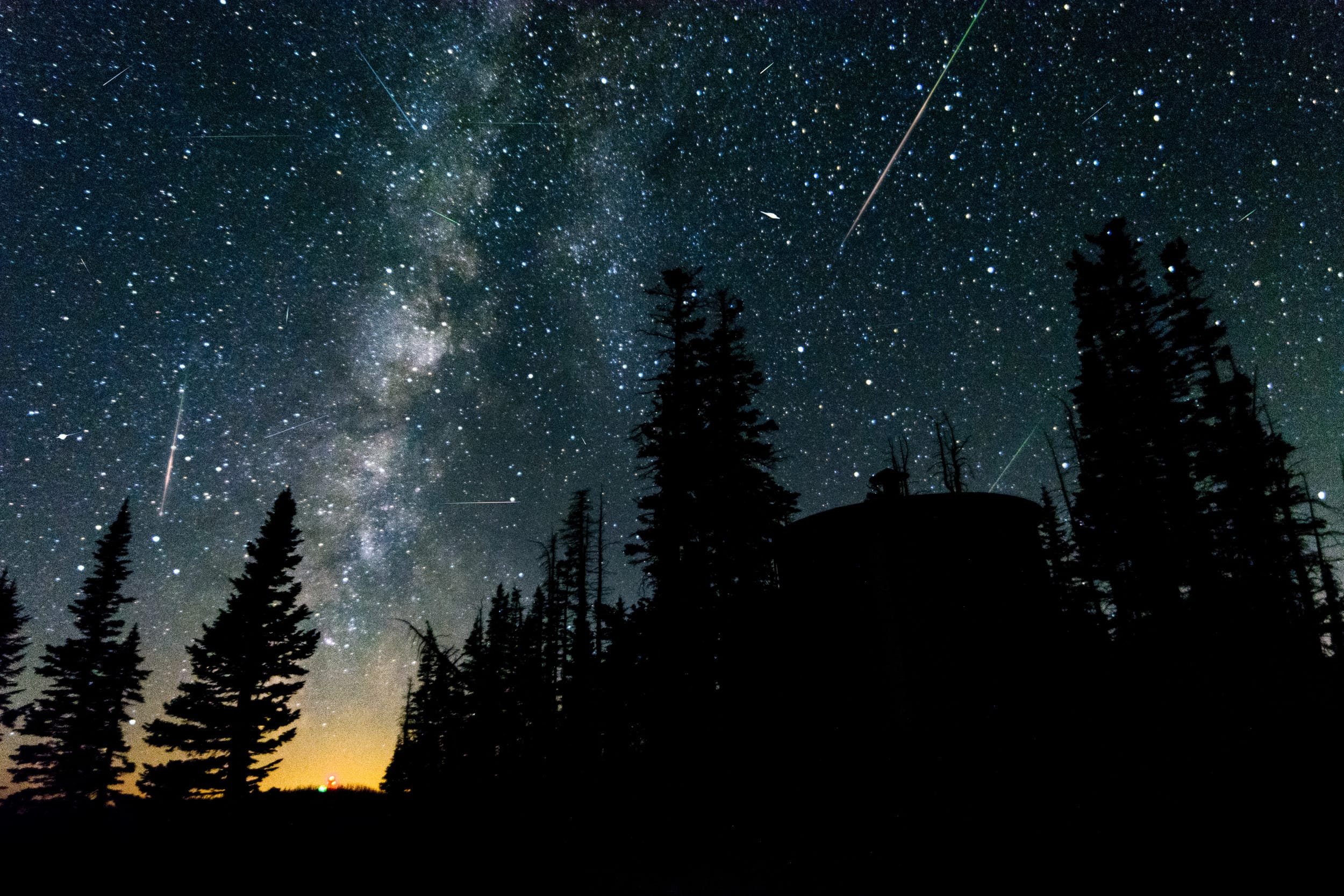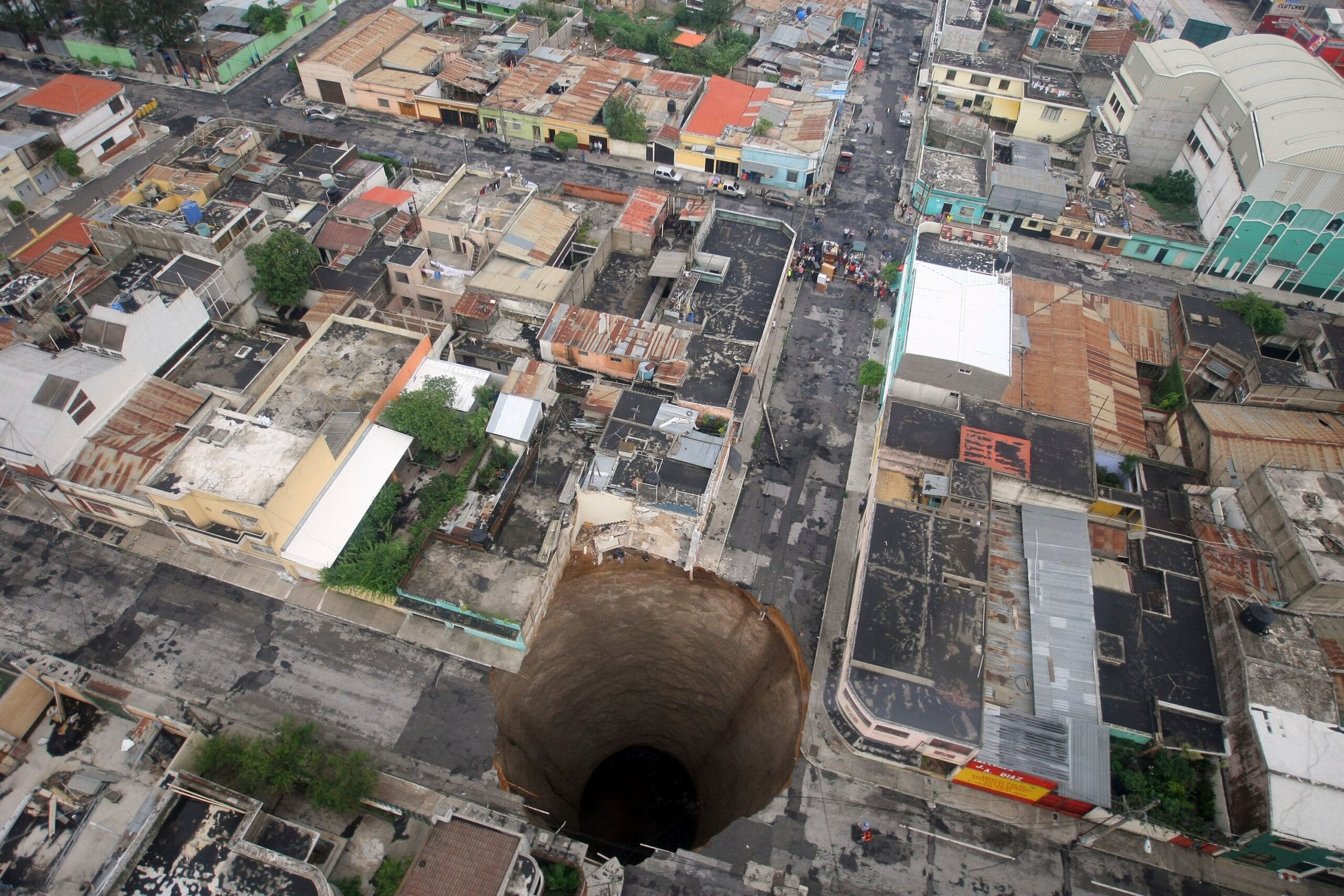The Quadrantid meteor shower is renowned among astronomy enthusiasts for its impressive display of shooting stars, marking one of the most significant meteor showers of the year. This annual event occurs in early January and is characterized by its potential for producing a high rate of meteors, especially when conditions are favorable. Understanding how to best observe this celestial phenomenon can enhance the experience for both seasoned stargazers and casual observers alike.
The Quadrantids typically peak around January 4th or 5th, although the exact timing can vary slightly each year. This meteor shower is unique because it has a short peak duration, often lasting only a few hours. During this peak, observers can witness a remarkable influx of meteors, with rates reaching up to 120 meteors per hour under optimal conditions. The meteors originate from the asteroid 2003 EH1, which is believed to be a fragment of a comet.
To maximize your chances of witnessing this spectacular event, it is crucial to plan ahead. First and foremost, check the local weather forecast to ensure clear skies. Cloud cover can significantly hinder visibility, making it essential to find a location with an unobstructed view of the night sky. Ideally, you should seek out a dark area away from city lights, as light pollution can obscure the faint meteors.
Timing is also essential when observing the Quadrantids. The best viewing times are typically after midnight and before dawn, when the sky is darkest. During this period, the meteors will appear to radiate from the constellation Boötes, which is located in the northern sky. To find this constellation, look for the bright star Arcturus, which is one of the brightest stars in the night sky and serves as a guide to locating the meteor shower’s radiant point.
When preparing for your observation, consider bringing along a few essential items to enhance your experience. A reclining chair or blanket can provide comfort as you lie back and gaze at the sky. Warm clothing is advisable, as temperatures can drop significantly during the early hours of January. Additionally, snacks and beverages can make the experience more enjoyable, allowing you to stay out longer to catch as many meteors as possible.
While it is tempting to focus solely on the radiant point of the meteor shower, it is important to scan the entire sky. Quadrantid meteors can appear in any part of the sky, and many of the most impressive meteors will be seen radiating outward from the radiant point. It is also worth noting that these meteors can be quite bright, often leaving behind trails of light that linger for a moment after they have passed.
In recent years, the Quadrantid meteor shower has gained attention not only for its beauty but also for the scientific insights it provides. Meteor showers like the Quadrantids are essential for understanding the composition of our solar system. When meteors enter the Earth’s atmosphere, they burn up and produce bright streaks of light. Studying these meteors can offer valuable information about the materials that make up asteroids and comets.
For those who may not have the opportunity to view the Quadrantids in person, many observatories and astronomy organizations provide live streams of the event. These broadcasts can offer a unique perspective and allow viewers from around the world to witness the meteor shower from the comfort of their homes.
In conclusion, the Quadrantid meteor shower represents one of the most exciting astronomical events of the year. With its potential for a high meteor count and its brief but intense peak, this shower captivates the attention of stargazers everywhere. By planning ahead, choosing the right location, and preparing for the experience, observers can enjoy the wonder of the night sky and witness one of nature’s most beautiful displays. Whether you are a seasoned astronomer or a curious newcomer, the Quadrantids offer an opportunity to connect with the cosmos and appreciate the beauty of our universe.



